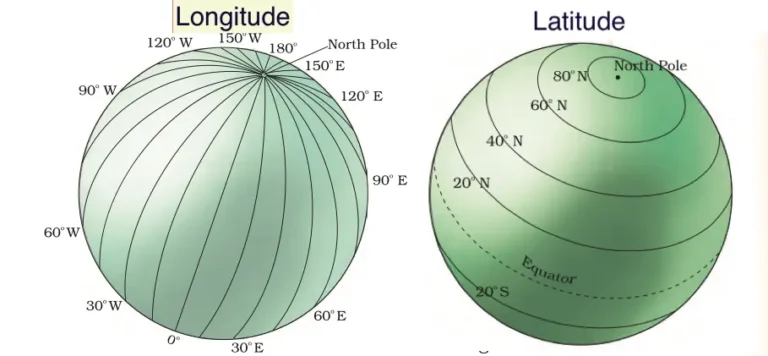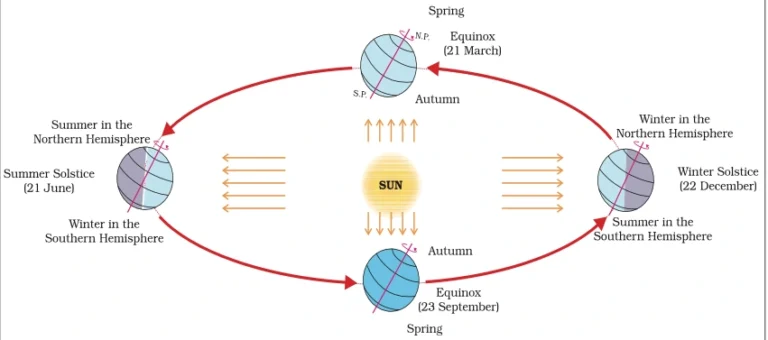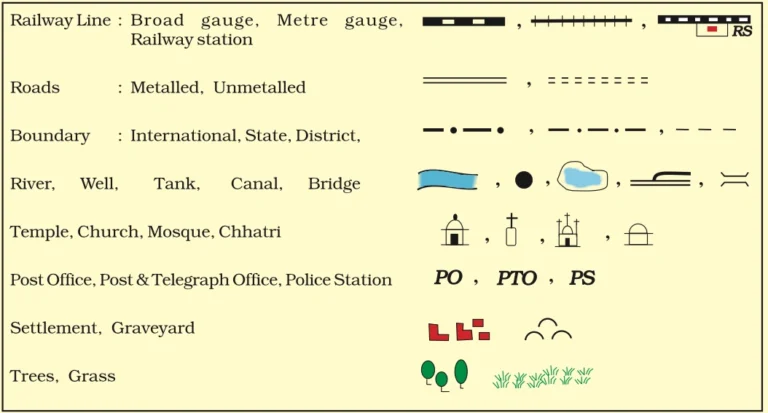Class 8 Science Chapter 6 Notes Combustion And Flame Notes
In this post, we will discuss Class 8 Science Chapter 6 Notes Combustion And Flame Notes. Class 8th Science Ch 6 notes help students in revision. In Combustion And Flame Notes, class 8, we will learn about the chemical process of burning and the flame produced during this process. You can also download Combustion And Flame Notes class 8 PDF for further study. Our subject expert team designs NCERT notes for Class 8 Science chapter 6.
In this chapter, we will learn about Combustion And Flame Notes.
We also provide Ncert notes of all subjects. You can also check Class 8 Complete Study material.
Class 8 Science Chapter 6 Notes
We use different fuels for various purposes at home, like wood, coal, charcoal, petrol, diesel, compressed natural gas (CNG), etc. You are familiar with the burning of a
candle, the candle burns with a flame, whereas coal does not.
Similarly, you will find many other materials burning without a flame. Let us study the chemical process of burning and the flame produced during this process.
Combustion
Combustion:- A chemical process in which a substance reacts with oxygen to give off heat is called combustion. During Combustion, fuel gives light off either as a flame or as a glow.
Ignition temperature:- The lowest temperature at which a substance catches fire is called its ignition temperature.
Inflammable substances:- The substances which have very low ignition temperature and can easily catch fire with a flame are called inflammable substances. Examples of inflammable substances are petrol, alcohol, Liquified Petroleum Gas (LPG) etc.
- Air is necessary for combustion.
- During combustion, heat and light are given out.
- Inflammable substances which have very low ignition temperature.
- Water is commonly used to control fire.
- Water cannot be used to control fires involving electrical equipment or oil.
Types of Combustion
There are various types of combustion such as rapid combustion, spontaneous combustion, explosion, etc.
Rapid combustion:- A combustion, which takes place rapidly produces heat and light. Such
combustion is known as rapid combustion.
Spontaneous combustion:- A combustion in which a material suddenly bursts into flames, without the application of any apparent cause is called spontaneous combustion.
Explosion:- The process of combustion in which a large number of gases are evolved with the production of a tremendous amount of heat, light and sound is called an explosion.
Flame
Some substances vapourise during burning and give flames. For example, kerosene oil and molten wax. Some substances do not vaporise and so do not produce a flame.
Zone Of Flame
There are three different zones of a flame, dark zone, luminous zone and non-luminous zone.

Dark zone:- It contains vapours of fuel and unburnt carbon particles that is black in colour and the least hot part of the flame.
luminous zone:- The middle zone of particle combustion that is yellow in colour and produces light.
Non-luminous zone:- It is the outer zone of flame, that is faintly blue in colour and the hottest part undergoes complete combustion of the substance.
Fuel
The sources of heat energy for domestic and industrial purposes are mainly wood, charcoal, petrol, kerosene etc. These substances are called fuels.
Good Fuel
- A good fuel is one which is readily available.
- It is cheap.
- It burns easily in the air at a moderate rate.
- It produces a large amount of heat. It does not leave behind any undesirable substances.
- There is probably no fuel that could be considered an ideal fuel.
Fuel Efficiency
Fuel efficiency is expressed in terms of its calorific value which is expressed in units of kilojoule per kg. Higher the calorific value, it is good efficient fuel and vice versa.
Calorific value:- The amount of heat energy produced on complete combustion of 1 kg of a fuel is called its calorific value. The calorific value of a fuel is expressed in a unit called kilojoule per kg (kJ/kg).
Burning of Fuels Leads to Harmful Products
- Carbon fuels like wood, coal, and petroleum release unburnt carbon particles. These fine particles are dangerous pollutants causing respiratory diseases, such as asthma.
- Incomplete combustion of these fuels gives carbon monoxide gas. It is a very poisonous gas. It is dangerous to burn coal in a closed room. The carbon monoxide gas produced can kill persons sleeping in that room.
- Combustion of most fuels releases carbon dioxide into the environment. Increased concentration of carbon dioxide in the air is believed to cause global warming.
- The burning of coal and diesel releases sulphur dioxide gas. It is an extremely suffocating and corrosive gas.
- Coal, diesel and petrol engines give off gaseous oxides of nitrogen and sulphur. Oxides of sulphur and nitrogen dissolve in rainwater and form acids. Such rain is called acid rain.
Acid rain:- When pollutants like sulphur dioxide and nitrogen oxide dissolve in rainwater. it forms an acid . The rain of that acid is called acid rain.
What We Learn Class 8 Science Chapter 6 Notes Combustion And Flame Notes
In Class 8th Science Ch 6 Notes pdf / Combustion And Flame Notes
- The substances which burn in the air are called combustible.
- Oxygen (in the air) is essential for combustion.
- During the process of combustion, heat and light are given out.
- Ignition temperature is the lowest temperature at which a combustible substance catches fire.
- Inflammable substances have very low ignition temperatures.
- Fire can be controlled by removing one or more requirements essential for producing fire.
- Water is commonly used to control fires.
- Water cannot be used to control fires involving electrical equipment or oils.
- There are various types of combustion such as rapid combustion, spontaneous combustion, explosion, etc.
- There are three different zones of a flame dark zone, luminous zone and non-luminous zone.
- An ideal fuel is cheap, readily available, readily combustible and easy to transport. It has a high calorific value. It does not produce gases or residues that pollute the environment.
- Fuels differ in their efficiency and cost.
- Fuel efficiency is expressed in terms of its calorific value which is expressed in units of kilojoule per kg.
- Unburnt carbon particles in the air are dangerous pollutants causing respiratory problems.
- Incomplete combustion of fuel gives poisonous carbon monoxide gas.
- An increased percentage of carbon dioxide in the air has been linked to global warming.
- Oxides of sulphur and nitrogen produced by the burning of coal, diesel and petrol cause acid rain which is harmful to crops, buildings and soil.
We hope you like the NCERT notes for Class 8 Science Chapter 6 pdf| Combustion And Flame notes class 8 pdf. If you like Class 8th Science Ch 6 Notes pdf / Combustion And Flame notes then please share this post with your friend and classmate


